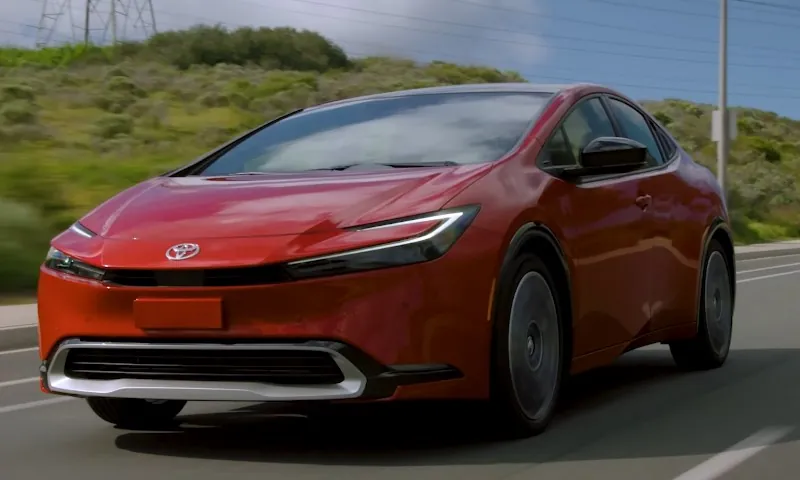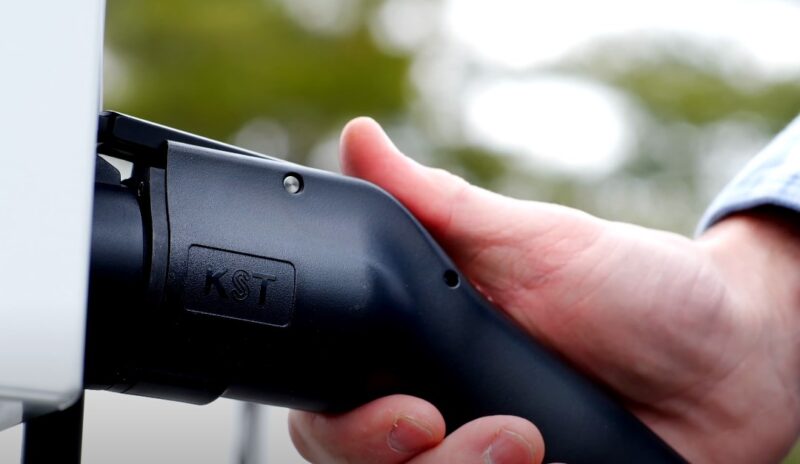
Share Post:
As electric vehicles (EVs) become increasingly popular, managing the electricity they consume is essential. One solution to this challenge is EV charging load management, which helps balance electricity usage to avoid overwhelming electrical systems.
Let’s take a closer look at what EV charging load management entails, how it operates, and why it’s crucial for both residential and commercial properties.
Table of Contents
ToggleKey Takeaways
- Load management balances electricity usage to avoid exceeding capacity limits.
- Local load management shares electricity among multiple EV chargers without overloading circuits.
- Dynamic load management adjusts power distribution in real time, based on available capacity and demand.
- Load management can significantly reduce installation costs and energy usage during peak hours.
The Basics of Load Management EV Charging
At its core, load management balances electrical loads to ensure they stay within capacity limits. This is particularly important in settings with multiple EV chargers, as simultaneous charging can easily exceed an electrical system’s limits.
Effective load management prevents such scenarios, ensuring a smooth and efficient distribution of electricity.
Local Load Management (LLM)
Local load management, or LLM, allows multiple EV chargers to share a common electrical supply without surpassing its limits.
This is especially useful for commercial properties with several chargers. LLM systems can automate the distribution of electricity among connected chargers, preventing any single charger from drawing too much power at once.
Dynamic Load Management
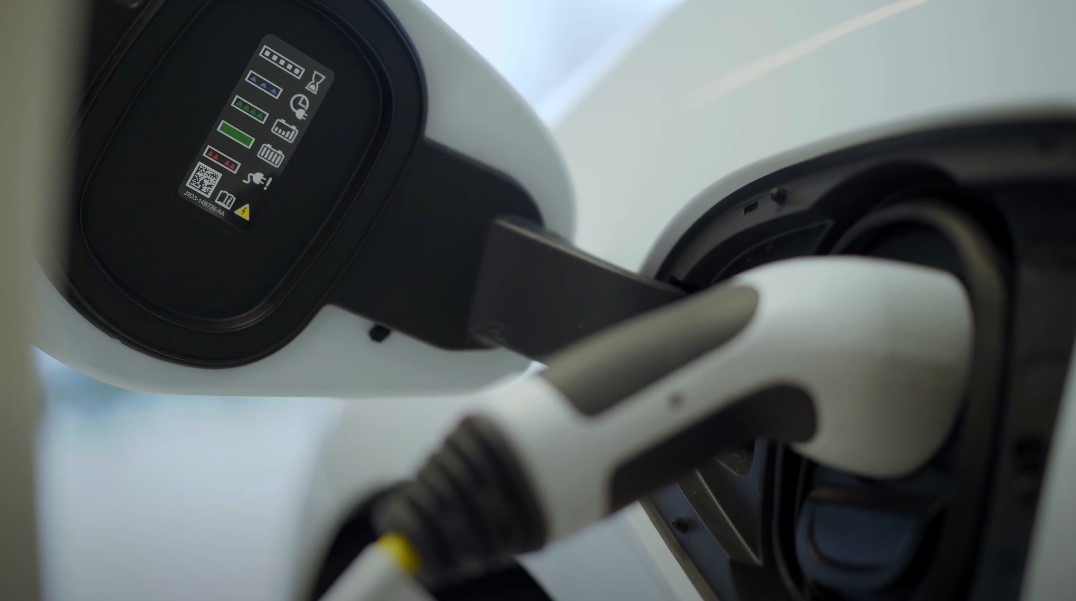
Dynamic load management (DLM) is a more advanced approach that adjusts power distribution in real-time based on the available capacity and demand.
Unlike static load management, which sets a fixed power limit shared among chargers, DLM can adapt to changing conditions, making it more efficient and flexible.
Methods of Electricity Distribution
There are two primary methods for distributing electricity in load management systems:
- Equally Distributed: Electricity is shared equally among all connected chargers.
- First In, First Charged: Priority is given to the first charger that connects, which continues until fully charged, followed by the next in line.
Both methods have their pros and cons, depending on the specific needs and usage patterns of the EV chargers.
Continuous Load Considerations
Devices that draw power for three or more hours are classified as continuous loads. EV chargers can fall into this category depending on their usage patterns.
Managing these continuous loads is crucial to prevent overloading circuits, particularly in commercial settings with frequent use.
Benefits of Load Management for Commercial Properties
For commercial properties with multiple EV chargers, local load management is highly recommended. By preventing circuit overloads, load management ensures reliable and efficient operation.
Additionally, it can significantly lower installation costs and streamline electricity use during peak hours, maximizing savings.
Balancing Energy Demand
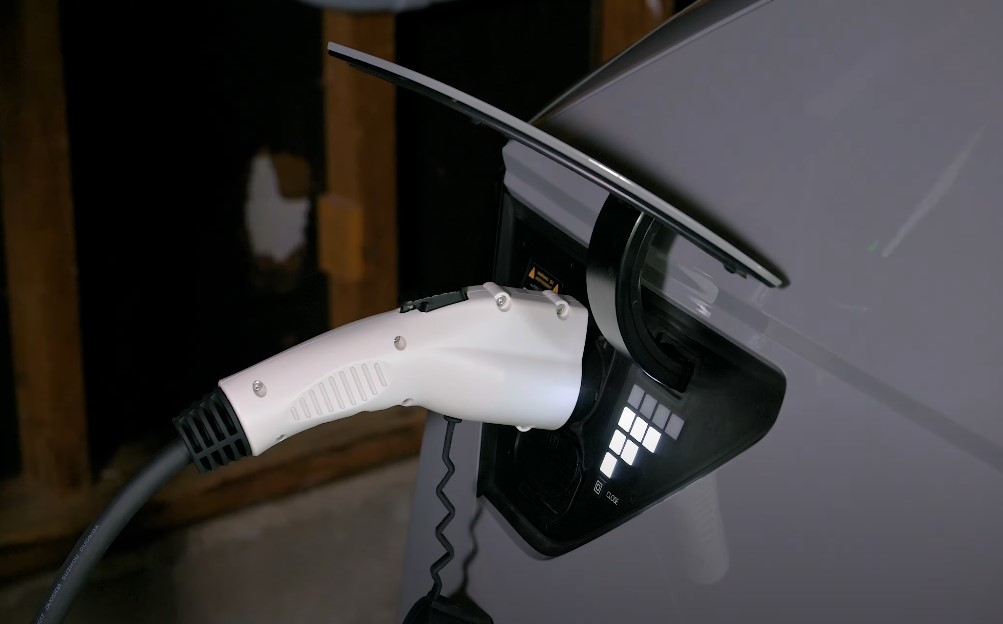
Load management helps balance energy demand throughout the day, reducing energy usage during peak hours.
This system can shift charging sessions to times when energy is cheaper, offering significant cost savings. By ensuring vehicles are charged based on demand, load balancing optimizes charging efficiency and reduces the burden on the power grid.
Implementation Levels
Load management can be implemented on both micro and macro levels, from individual charging sites to large EV fleet depots.
A software-based solution, typically delivered as SaaS (Software as a Service), maintains constant communication with charge points and infrastructure, like OCPP Protocol.
Static vs. Dynamic Load Management
Static Load Management
Static load management assigns a fixed, constant amount of power to each EV charger in the network. This approach does not adjust based on the current demand or available capacity.
It is a straightforward and economical option, particularly suitable for smaller EV charging networks where power demand is relatively predictable and constant. Key features include:
- Fixed Allocation: Each charger receives a predetermined amount of power.
- Simplicity: Easier to implement and manage due to its unchanging nature.
- Cost-Effective: Less expensive to set up and maintain compared to dynamic systems.
- Predictability: Provides a stable and predictable load on the electrical grid.
Dynamic Load Management
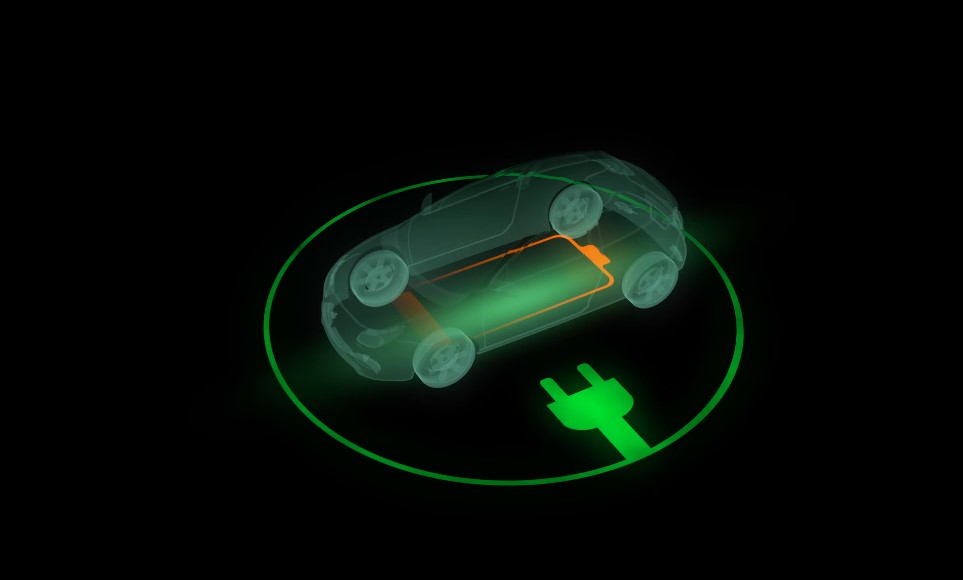
Dynamic load management, on the other hand, adjusts the power allocation to each EV charger in real-time based on the current demand and the overall capacity of the grid.
This method ensures optimal use of available power and prevents overloading the grid. Key features include:
- Real-Time Adjustments: Power distribution is continuously adjusted according to real-time conditions.
- Optimized Usage: Ensures efficient use of available power, reducing the risk of overloading.
- Flexibility: Can accommodate varying numbers of vehicles and fluctuating power demands.
- Scalability: More suitable for larger networks with variable and unpredictable power needs.
Comparison
- Flexibility: Static load management is rigid with fixed power allocations, while dynamic load management is flexible, adapting to real-time conditions.
- Optimization: Dynamic load management optimizes power usage across the network, whereas static load management may lead to inefficiencies.
- Network Size: Static load management is better suited for smaller networks with stable demand, while dynamic load management excels in larger, more variable networks.
Efficiency and Customer Satisfaction
Effective load management ensures vehicles are charged on time without disrupting other operations at the site.
Providers can purchase electricity at lower rates and store it for peak demand, avoiding higher energy costs and potential fines.
Preventing Overloading

EV load management controls the energy dispensed by chargers to reduce usage during peak times. By managing power distribution, it prevents overloading and ensures a reliable charging experience.
Choosing the Right Load Management Solution
Selecting the appropriate load management solution requires a formal site evaluation.
This assessment helps determine whether static or dynamic load management is suitable based on the site’s specific needs and capabilities.
Final Words
EV charging load management is essential for balancing energy demand and optimizing charging efficiency.
It doesn’t matter if it’s for residential or commercial properties, effective load management ensures a reliable and cost-effective EV charging experience.
Related Posts:
- What is the Open Charge Point Protocol (OCPP) and…
- How to Test if Engine Is Blown - DIY Tests That…
- Why Does My Car Smell Like Gas? Common Causes and Solutions
- How Much Does the Average Person Spend on Gas a…
- Why Does My Car Squeak When Turning? Common Causes…
- Slow EV Charging: Causes, Fixes, and Replacement Signs



